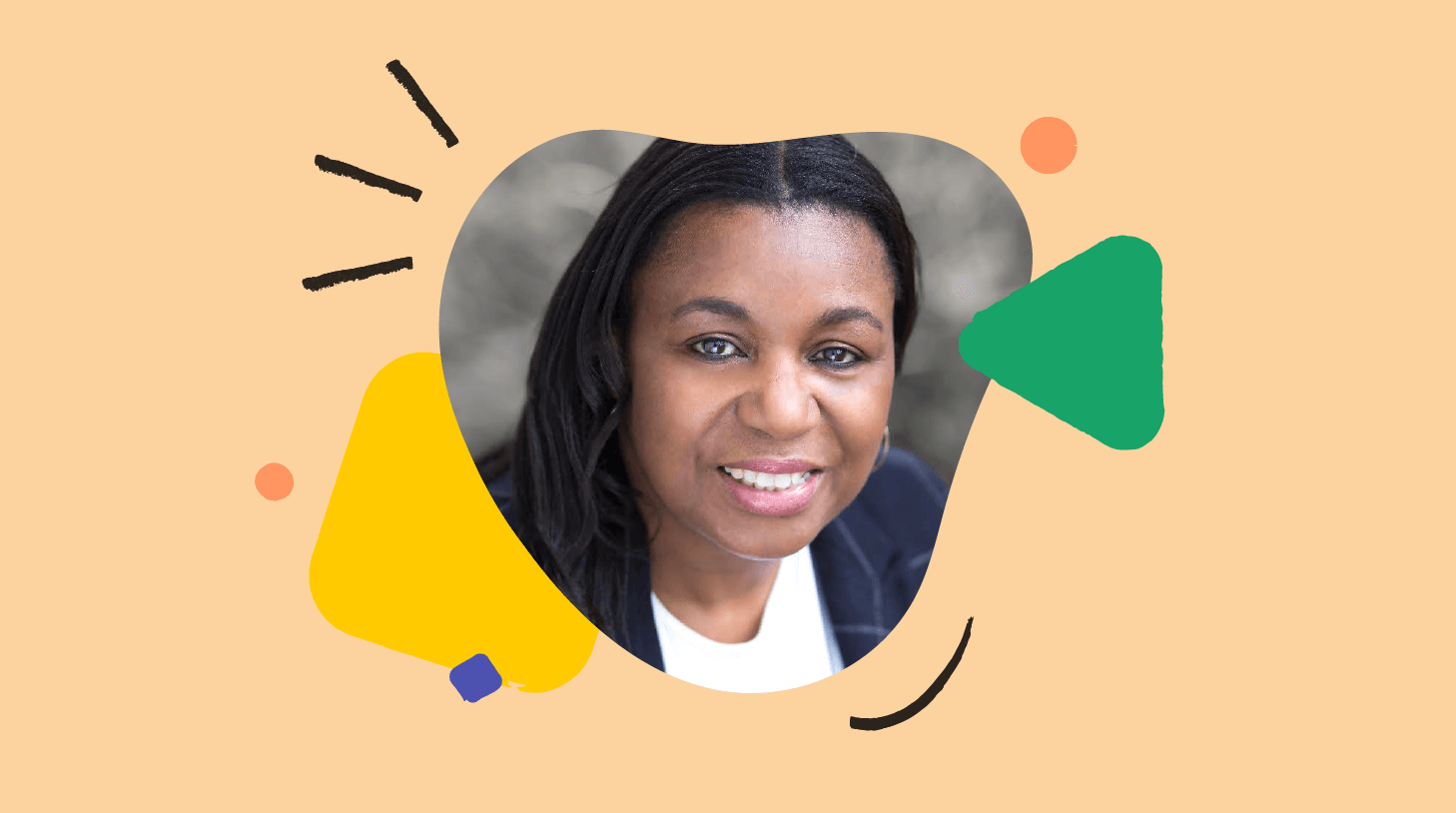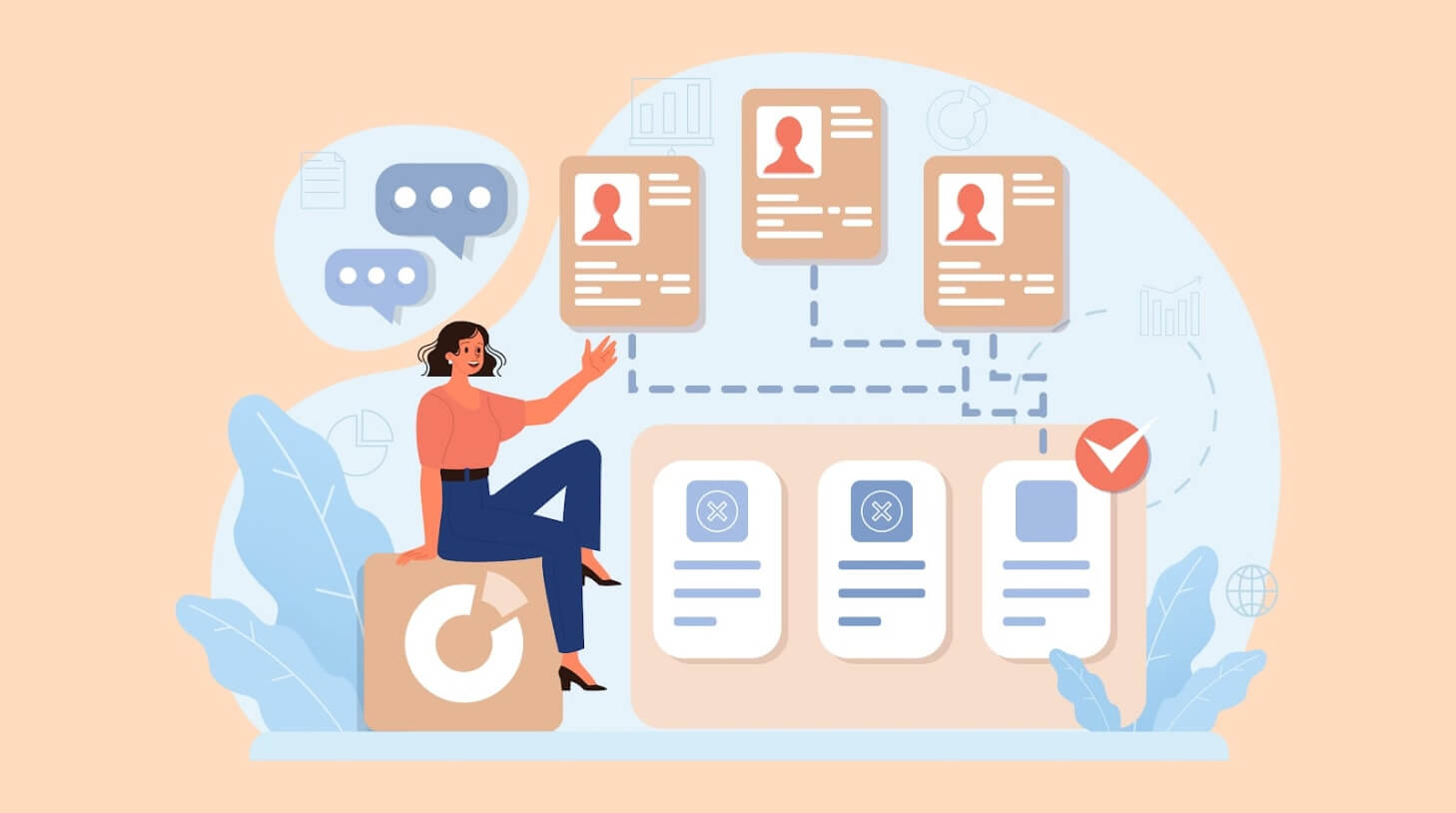Allyship in the workplace: Be color brave, not color blind
When the Black Lives Matter movement surged after George Floyd’s killing in May 2020 in Minnesota, many companies joined the anti-racism dialogue and put respective initiatives in place. But what type of anti-discrimation actions can drive a change and what’s the role of allyship in the workplace in this transition? We interviewed Chikere Igbokwe, Founder and DEI consultant at Inclucive and Allyship, to grasp those significant matters in-depth.

Chikere has helped numerous organizations foster diversity and inclusion in the workplace, and she’s a passionate anti-racism advocate. She agrees that conversations around racial injustice inflamed since videos of George’s Floyd death were globally broadcasted, in an already challenging year for society due to the COVID-19 pandemic. This brutal incident shocked everyone, but most people were already aware of racial discrimination in society and how it reflects on the business world as well.
“I think a lot of organizations are now realizing, they have missed out a whole, big chunk of diversity and inclusion,” says Chikere. “And when they look into their businesses, there is a blatant lack of representation at all levels but especially at mid to senior level – C Suite. So organizations are really sitting up and saying, we need to really address this.”
Data seems to confirm this observation. According to a workplace discrimination survey from by EEOC, 1,889,631 discrimination complaints were filed in the US from 1997 to 2018, and 34% of were related to race, based on an additional report from 2017.
Would those numbers be the same if we educated ourselves more on racial discrimination, diversity and inclusion? How different workplaces would be if we stood up for minorities when needed? Chikere explains how we can become a part of the anti-racism solution, by becoming true allies.
The definition of allies at work
What does being an ally in the workplace mean? Chikere starts with a quick but comprehensive definition:
“An ally is someone who uses their power and privilege to advocate for others. Allies are not members of marginalized groups. Allies support Black, Brown and minority employees, colleagues and friends by understanding what they go through. Allies educate themselves on issues that affect Black, Brown and minority people, speaking out on injustices, educating colleagues, friends and family about being an ally and acknowledging their privilege and being actively anti-racist.”
So how can White employees turn into allies for racial and ethnic minority colleagues? It all starts by acknowledging their heavy loads:
“Allies support and make an effort to better understand the struggle,” Chikere notes. “Allies are powerful voices amongst marginalized ones. And the reason why I say that is more than likely, an ally would have friends and family who look like them, that they can go and talk to about being an ally. And obviously, the key thing is, we need more people to take action and stand up.”
A privileged employee who wishes to make an impact should find the right way to advocate for marginalized groups. Chikere says that the conversation about allyship in the workplace in most cases starts with human resources, team managers or external DEI partners and needs the buy-in of senior leaders. It’s not always easy at first, but this discussion should start as soon as possible. Chikere reminds us:
“If you have minority employees within your organization, talk to them. What do they want? But I think the thing is, not to leave it on the minority employee to lead these initiatives. That is not their job. Their job is not to educate people or lead the initiative.”
The sensitivity of this matter can make those conversations uncomfortable for many, but this is not a sufficient reason to avoid them. We should remember that change happens at the edge of our comfort zones.
How to foster allyship in the workplace
According to Chikere, allyship should start with self-education. Before forming allyship groups, learn what type of struggles and injustices minority groups face at work. This will help you understand their needs and start constructive conversations with them. Chikere explains:
“To be an ally you have to educate yourselves. Listen to Black, Brown and minority colleagues, employees, friends, and voices. Listen to what they have to say. Have conversations with other White people, family, friends, employees, about being an ally and help educate them.”
She also states that to become a good ally you must acknowledge your privilege and be “color brave rather than color blind”. When you realize how privileged you are compared to other people, you’ll feel more obliged to contribute to the change.
It’s also critical to learn other mechanisms that might block the progress, for example, the “bystander effect”, a phenomenon during which people are less likely to address a negative incident, such as an act of racial injustice, if many people witness it at the same time.
One possible explanation on an organizational level is that observers may leave it up to employees of greater authority, with stronger bonds with management to act, and avoid potential conflict. This is an implication that might distract us from being allies and to prevent it, we ought to acknowledge it. Same goes with unconscious biases we might hold against people who look different to us.
Once you accept the blessings of your own privilege and the duty that comes with it to support marginalized groups, it’s time for action. Start by using your exact position to amplify discrimination and make sure to promote racial representantion and inclusion in the organization. For example, if you’re a recruiter, you can start by diversifying your talent pipeline:
“What is stopping you as a recruiter from diversifying your pipeline?” wonders Chikere. “Getting more diverse candidates? Why is it the case that we are hiring the same type of people? That really has got to stop. So I think the key thing is, as an ally, you really have to go out there and educate yourself.”
One way to diversify your talent pool, according to Chikere, is to search for diverse candidates in different places to avoid getting the same type of people. Advertise your jobs through diverse channels, highlight diversity on your website, and teach your hiring team how to avoid biases. These will be proactive approaches to diversity and inclusion.
The difference between performative vs. proactive action
With this suggestion, Chikere makes it clear that being proactive when it comes to allyship and inclusivity is far more beneficial than sticking to performative actions. For example, joining the Blackout Tuesday initiative on social media without introducing any other organizational changes – also known as slacktivism – is performative and not useful in the long run. Chikere clarifies:
“During George Floyd’s murder and the BLM protests, a lot of organizations put out solidarity statements and took to putting up black squares on social media. Great. Amazing. But it’s the case of, what are you doing after that?”
But many businesses decided to go to the proactive direction by introducing drastic changes, such as increasing Black managerial representation or creating DEI advisory boards. These efforts will hopefully serve a long-lasting effect going forward.
Apparently, a leader’s role is crucial in promoting allyship in the workplace. When C-suite level and managers build a psychologically safe environment, minority groups find it easier to express their needs and feel more accepted.
In a nutshell, if you want to become a true ally at work, start by educating yourself more on diversity, equity and inclusion. Learn about racism and injustice and try to empathize with underprivileged groups more. If you are in a leadership position, remember that your responsibility is bigger; as a role model in business, you need to embrace the anti-racism and allyship conversations and solutions at their core.
Below, you’ll find some book suggestions from Allyship BookClub that’ll help you start this meaningful journey:
- Subtle Acts of Exclusion: How to Understand, Identify, and Stop Microaggressions by Tiffany Jana and Michael Baran.
- Why I’m No longer Talking to White People About Race by Reni Eddo-Lodge.
- The Purpose of Power: How we come together when we fall apart by Alicia Garza.
- White Fragility: Why it’s Hard for White People to Talk About Racism by Robin DiAngelo.
- How to be an Antiracist by Ibram X. Kendi.




